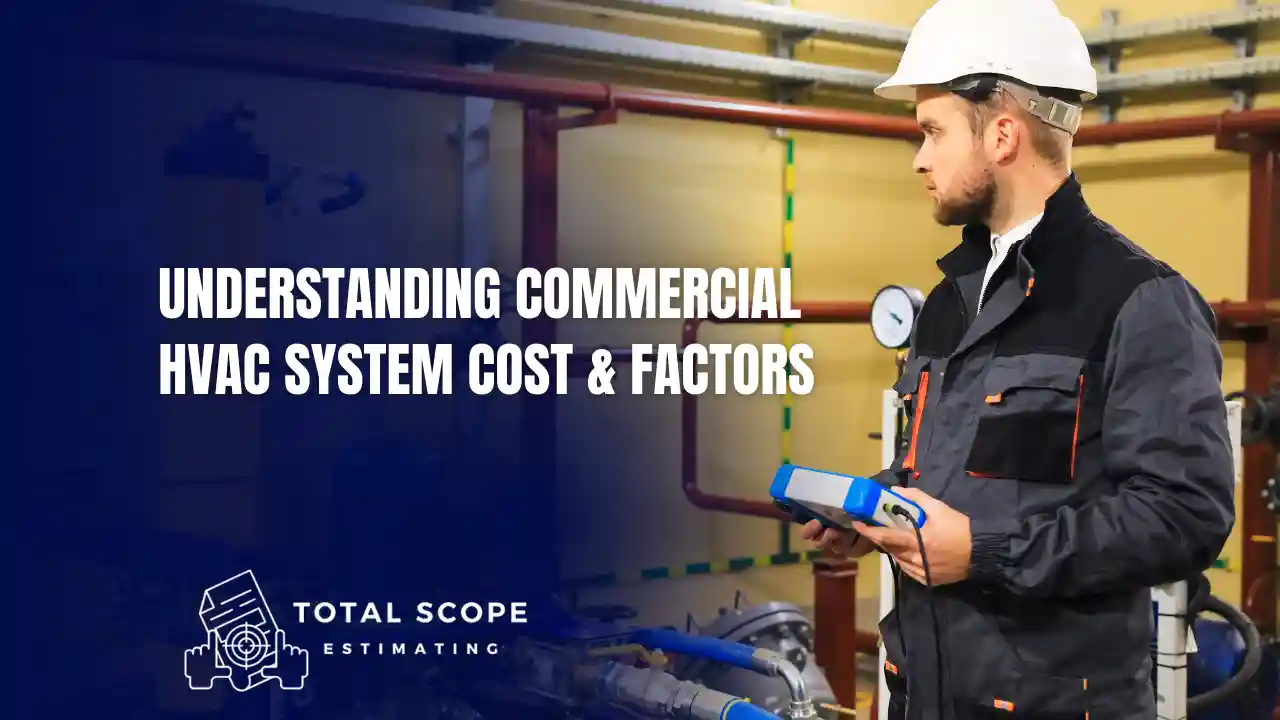
For any commercial building, an HVAC (Heating, Ventilation, and Air Conditioning) system is essential for sustaining comfortable indoor temperatures and air quality. Whether you’re constructing a new building or replacing an old system, evaluating the cost of a commercial HVAC system is crucial for planning and budgeting. However, many factors can influence the total price, from the size of the building to the type of system, energy efficiency, and labor.
This article provides a detailed guide on commercial HVAC system costs, including what to consider when budgeting, and how to make informed decisions about your project.
Understanding the Components of a Commercial HVAC System
Before diving into costs, it’s essential to understand the vital components of a commercial HVAC system:
- Heating: This component provides warmth during colder months, often using a furnace or boiler. In some systems, heat pumps may also be used.
- Ventilation: This part guarantees the proper circulation of fresh air, removes stale air, and maintains indoor air quality. The main parts of the ventilation system include ductwork, vents, and air handlers.
- Air Conditioning: The cooling component that regulates temperature during warmer months, typically using an air conditioner or heat pump.
Each component has specific costs, and the price will vary depending on the type of system chosen.
People who read this blog also read: How To Estimate HVAC Costs: Key Factors & Tips
Factors That Affect Commercial HVAC System Costs
Several key factors determine the overall cost of a commercial HVAC system:
Size of the Building
The size of the building is one of the most significant factors influencing HVAC costs. Larger buildings require more vast ductwork, larger units, and complex systems to adequately heat, cool, and aerate space. Commercial HVAC systems are usually sized based on square footage and the building’s cooling/heating load, measured in BTUs (British Thermal Units).
The HVAC system might cost less for a small building than for a multi-story retail space or industrial warehouse simply because the equipment is needed to cover a much larger area in the latter cases.
Type of Commercial HVAC System
There are various types of commercial HVAC systems, and each comes with different costs:
- Single-split systems are ideal for smaller commercial spaces like offices or shops. They are relatively cost-effective and uncomplicated, with individual units for heating and cooling specific areas.
- Multi-Split Systems: These systems permit multiple indoor units to couple to a single outdoor unit, making them more suitable for more significant buildings with many rooms. At the same time, they require a higher budget than single split systems, that is reduced concerning energy and installation space.
- VRF (Variable Refrigerant Flow) Systems: VRF systems are highly energy-efficient and are perfect for large commercial spaces such as hotels or office buildings. They allow different zones to be controlled independently, offering greater flexibility. However, installation of these systems also requires more budget.
- Packaged Systems: These systems are usually established on the rooftop, containing all HVAC components in a single unit. They are often installed in more significant commercial buildings and provide heating and cooling. Packaged systems are more expensive in advance but provide long-term cost savings through improved energy efficiency.
Energy Efficiency
Energy efficiency is another critical factor when estimating HVAC system costs. They are more expensive to install but will save significantly on energy bills over the long term making it highly efficient HVAC. Systems with higher SEER (Seasonal Energy Efficiency Ratio) and EER (Energy Efficiency Ratio) ratings tend to cost more initially but offer considerable savings in energy expenditure.
In 2025, businesses are progressively opting for eco-friendly and energy-efficient HVAC systems to cope with rising energy costs and sustainability concerns. Choosing energy-efficient systems may also qualify you for tax incentives or rebates, which can nullify some of the installation costs.
Ductwork and Installation Costs
In addition to the HVAC units, ductwork and installation are pivotal in the overall cost. Complex buildings with multiple floors or unusual layouts may require more extensive ductwork, elevating labor and material costs. Conversely, buildings that already have well-structured ductwork may only need minor upgrades, reducing the cost of installation.
Installation costs also depend on the labour of the project. Rooftop installations, for example, may involve cranes and additional labor, which can raise the price.
Building Codes and Permits
Commercial buildings must comply with local building codes and regulations regarding HVAC systems. These codes ensure the system is safe, energy-efficient, and ecologically friendly. Obtaining permits and undergoing inspections may increase the project’s overall cost, so it’s essential to consider these in your estimate.
You might like this too: How to Estimate For HVAC Replacement: Costs, Factors & Tips
Average Costs of Commercial HVAC Systems
Now that we’ve discussed the factors that impact HVAC system costs, let’s break down the average prices you can expect for various components of a commercial HVAC system:
- HVAC Unit: The cost of a commercial HVAC unit varies depending on its size and type. For a standard-sized office building, expect to pay between $3,000 and $10,000 per unit. Larger, more advanced systems for more prominent buildings can cost up to $20,000.
- Ductwork: The installation cost can range from $10 to $20 per linear foot, depending on the building’s size and layout. For a medium-sized commercial building, the price can range from $10,000 to $30,000.
- Labor: The cost of installing HVAC systems will depend on the project’s complexity and region. On average, labor costs range from $1,500 to $5,000 for a standard installation, but they can increase significantly for larger projects or challenging installations.
- Permits and Fees: Depending on the location and the project’s complexity, permits and fees can increase the overall cost by $500 to $2,000.
Additional Commercial HVAC System Costs to Consider
When calculating the cost of a commercial HVAC system, it’s foremost to include additional expenses that may appear during the project:
Maintenance Costs
While installation is the most significant upfront expense, regular maintenance is crucial for keeping your HVAC system working efficiently and avoiding costly repairs. Commercial HVAC systems require routine maintenance, such as filter changes, cleaning, and inspection of components. Maintenance contracts typically cost between $500 and $2,000 per year, depending on the system’s complexity.
Repairs and Replacement
Over time, there may be a need to repair and replace HVAC system components. Typical repairs include fixing duct leaks, replacing faulty thermostats, or addressing compressor issues. Depending on the nature of the repair, these costs can range from a few hundred to several thousand dollars. If the system is nearing the end of its lifespan, a complete renewal may be necessary, which can demand a significant expense.
Upgrading to Smart HVAC Systems
In 2025, innovative HVAC systems will be in high demand due to their ability to enhance energy efficiency and provide more control over the system’s operation. These systems can be integrated with building automation technology, permitting remote monitoring and control. Upgrading to an innovative HVAC system will add to the initial budget, but it will also save money in the long term by optimizing energy use and reducing waste.
How to Get an Accurate Estimate for Your Commercial HVAC System
The ideal approach to get an accurate estimate for your commercial HVAC system is to work with a professional HVAC contractor. They will evaluate your building’s size, layout, and specific needs, providing a detailed approximation covering equipment, installation, and additional commercial HVAC system costs.
Here are some tips to get the best possible estimate:
- Get Multiple Quotes: Compare the prices and services by visiting several HVAC contractors. Be aware of quotes that seem too low, as they may not include all necessary components or installation costs.
- Ask About Energy Efficiency Options: Discuss energy-efficient HVAC systems and potential tax incentives or rebates with your contractor. While energy-efficient systems may have a higher upfront cost, they can save your expenses on utility bills over time.
- Consider Long-Term Costs: Don’t just focus on the initial installation cost. To get a complete and clear picture of your total investment, you must consider the maintenance, repair, and energy costs over the system’s lifespan.
Conclusion
Estimating the commercial HVAC system cost involves many factors, including the size of the building, the type of system, energy efficiency, and installation complexity. While the upfront cost can be significant, investing in the right system can save money in the long term by minimizing energy costs and ensuring efficient operation.
By interpreting the key factors that impact commercial HVAC system costs and working with a trusted and experienced contractor, you can verify that your business makes an informed and cost-effective decision.

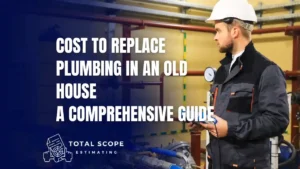
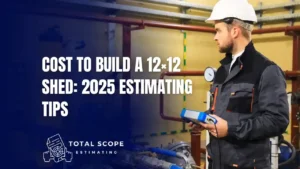
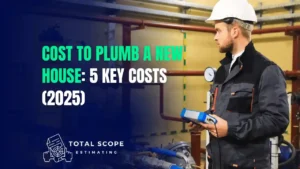
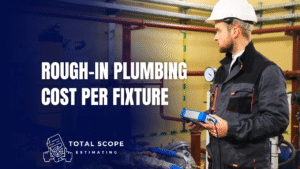
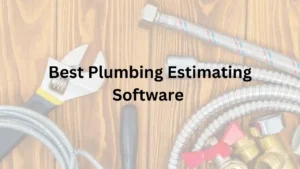
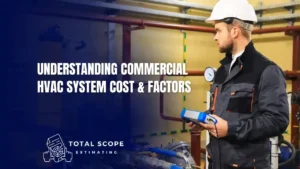

One Response
I’m really inspired with your writing skills as well as with the format on your weblog. Is that this a paid subject matter or did you customize it yourself? Anyway keep up the excellent quality writing, it is rare to see a great blog like this one today!